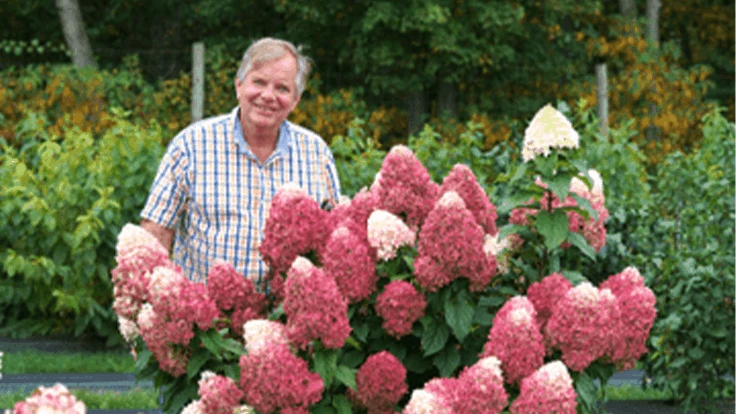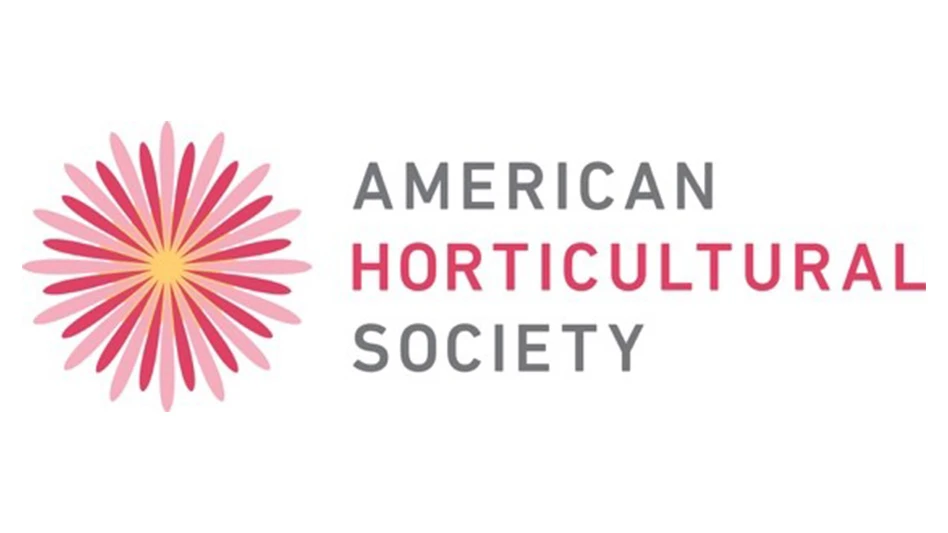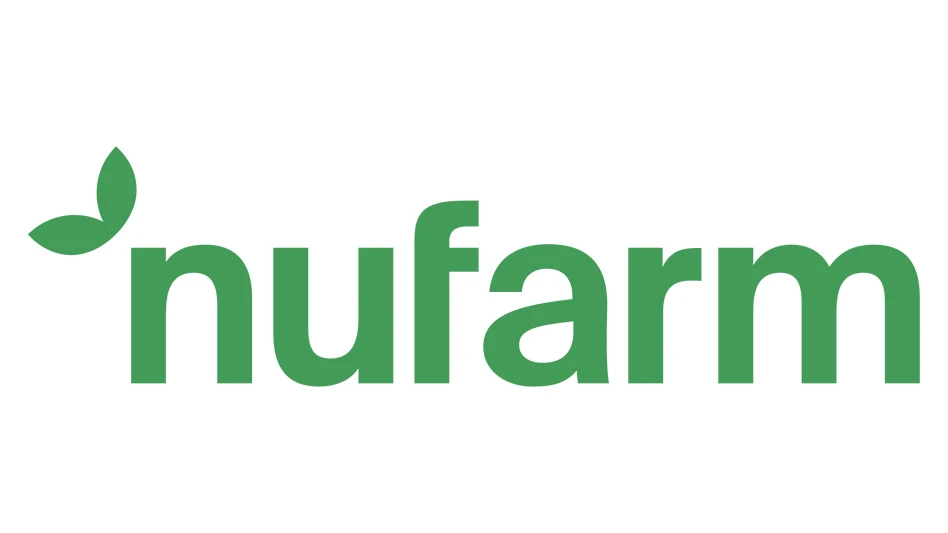

I just read an article by Alan Armitage where he states that America has been “Hydrangized.” As usual, Alan is spot on. Hydrangea sales continue to grow, year after year. As a category, it is the top-selling genus for Spring Meadow, and as a liner grower, we are in a position to see and evaluate trends. Not that this is a new trend: it dates back to the zenith of Martha Stewart and her beautiful multi-page spreads featuring blue and pink blooms, obviously photographed in hydrangea-friendly, maritime climates such as Vancouver or Cape Cod. At the same time, Gen-Xers (and more recently, millennials) began buying starter homes and pulling out the old junipers and yews once favored by their elders. These new generations were looking to add more color to their yards, and few shrubs offer up as much color as a hydrangea. At that time, our nursery offered 53 varieties of hydrangea, 30 of which were Hydrangea macrophylla. Today, we offer roughly that same number of varieties, but only 14 are macs. This is telling, and we will speak more about this market shift later in the article.
Since Y2K, hydrangea sales numbers have grown exponentially. And to give you an idea how the market has changed, we currently offer only four of the same hydrangea cultivars listed in our 1999-2000 catalog. The species have changed, the cultivars have changed, but hydrangeas are more popular than ever. Clearly, the steady stream of new varieties has grown and sustained the hydrangea market.

Mike Dirr and Bailey Nursery’s introduction of Endless Summer Hydrangea macrophylla ‘Bailmer’ pp#15,298 in 2001, with its blue pot and massive marketing campaign, played a huge role in the shift. With the added benefit of remontancy (blooming on new wood without vernalization), who in their right mind, living in Middle America, would want to buy ‘Glowing Embers’, ‘Merritt Supreme’, ‘Nikko Blue’ or another old-fashioned cultivar that might not bloom? The hope and dream of every gardener in Middle America has been to have a hydrangea with big blue flowers, from June until October, regardless of cold winter or spring frost. Everyone was elated with the development, until they found out the dream was, in fact, just a dream. It turned out that remontant hydrangeas did best in milder climates where the older varieties already did well: without a killing frost, you got the spring and summer blooms, as well as the autumn blooms. The problem, particularly with some of the earlier introductions, is that if the plant dies back from winter damage or is cut back in fall or spring, it takes time to grow new stems and flower buds, leaving cold-climate gardeners disappointed, if not downright pissed off. The dream was too good to be true.
The good news is that plant breeders, including Bailey, Spring Meadow, and others kept at it, crossing remontant hydrangeas with hardier species such as Hydrangea serrata, the mountain hydrangea native to colder continental regions of South Korea, China and Japan. This next generation of hydrangeas had better stem and bud hardiness, which resulted in more reliable plants. Endless Summer Bloomstruck (‘PIIHM-II’) and Tuff Stuff Ah-Ha (‘SMNHSDD’) have proven to be reliable bloomers in our trials here in Michigan. However, the more I looked at, trialed, and examined Hydrangea macrophylla, how it grows, and how, when, and where the flowers emerge, the more questions I had about creating a better hydrangea.

While remontancy is a nice benefit, it provides mostly late-season blooms. Improvements in stem and bud hardiness have helped give us more early-season blooms, but the species has its limits. So what else could be done to improve it? I finally found my answer in a research paper by Dr. Timothy Rinehart, a USDA scientist, who noted that a number of hydrangeas on the market appeared to rebloom but were not actually remontant. He speculated these plants were capable of producing vernalized buds at nodes well-below the normal blooming terminal flower bud, which reduced the chance of winter kill, frost damage and even well-intentioned pruning. I began examining the plants in our breeding program for this ability to make vernalized flower buds on the stem within inches of — and even below — the soil line. Combining this trait with remontancy and improved bud hardiness results in a much more reliable hydrangea that can bloom in the spring, summer, and fall, as exemplified in the Let’s Dance series, particularly Let’s Dance Cancan (‘SMNHSI’). With every passing year, Hydrangea macrophylla is getting better. The truth is, however, we are still a long way off from one with the reliability and flower power of Hydrangea paniculata, or our well-adapted, native Hydrangea arborescens and Hydrangea quercifolia. With more breeding and a bit of luck, our dreams may yet come true. Until then, other Hydrangea species will lead the way.

The average homeowner or landscaper wants real-world performance and reliability, both of which Hydrangea paniculata and Hydrangea arborescens deliver in spades. These species flower on new wood, and are much better able to cope with spring temperature swings. Both species are hardy, heat tolerant, adaptable to a range of soils and grow in sun or modest shade. Here, too, breeders have made incredible advances, which you can read about in my May 2019 column on Hydrangea paniculata breeding, “Standing on the shoulders of giants” (bit.ly/tim-wood-giants). With regards to Hydrangea arborescens, the game-changer came in 2009 when Dr. Tom Ranney and his team at North Carolina State University released Invincibelle Spirit H. a. ‘NCHA1’, the first pink flowered Annabelle-type hydrangea. While not a perfect plant (it has since been replaced with Invincibelle Spirit II H. a. ‘NCHA2’), it opened the door to the creation of a series of seven new, sterile, reblooming cultivars offering pink, red, mauve, white and green flowered forms, many of which are dwarf or compact and all with sturdier stems than ‘Annabelle’ and the original Invincibelle. It is garden performance and flowering reliability combined with these breeding advances that have grown the hydrangea market to record levels and shifted our product mix in favor of H. paniculata and H. arborescens. Add all of that to a new generation of homeowners that wanted to come home to a more colorful, low-maintenance yard and you get a rapidly growing hydrangea market that appears to have no end.
Opinions expressed are those of the author and do not necessarily represent the views of GIE Media, Inc.

Tim Wood is a fourth-generation plantsman that travels the world hunting for new shrubs for the Proven Winners plant brand. He is also an accomplished plant breeder with over 100 plant patents to his name. An avid lecturer, photographer and writer, he writes a blog called “The Plant Hunter” and has written three books. http://plant-quest.blogspot.com

Explore the November 2020 Issue
Check out more from this issue and find your next story to read.
Latest from Nursery Management
- The HC Companies, Classic Home & Garden merge as Growscape
- Terra Nova releases new echinacea variety, 'Fringe Festival'
- Eason Horticultural Resources will now officially be known as EHR
- BioWorks receives EPA approval for new biological insecticide for thrips, aphids, whiteflies
- Ellen Mackenbach-Lakeman appointed new CEO of Dümmen Orange
- The Growth Industry Episode 3: Across the Pond with Neville Stein
- Southern Garden Tour sets 2025 dates for trial garden open houses
- New book explores plants that thrive in Rocky Mountains




